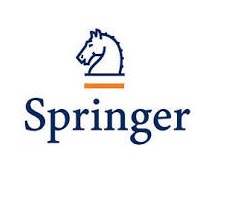5. CONCLUSION
By increasing service interaction in cloud environments, SaaS providers have a significant influence on the CRM architectures. In addition, SaaS providers help manipulation of the CRM mechanisms in the business process. In this paper, a new perspective of SaaS providers presented for responsibility of the CRM platforms in cloud environments. Specially, this paper provided a systematic overview for showing some important challenges and technical issues of the CRM as service providers. First, a categorized taxonomy for the SaaS features of the CRM is presented. Then, the important factors of the CRM features in the SaaS providers had divided to three main categories in forms of structural features, user-based ease features and CRM efficiency features. For evaluating the SaaS features of the CRM, top ten of the famous SaaS providers are selected to analyze and compare the important challenges and weaknesses. Also, some important S&S and R&R factors are compared for existing providers. The comparison results shown that Microsoft Dynamics, Oracle, Netsuite and Salesforce providers have best performance on the structural features. Also, just two providers Microsoft Dynamics and Maximizer support both on-premise and cloud deployment strategies. Also, the Maximizer, HubSpot, Infusionsoft and Salesforce providers have best performance on the user-based ease features. Finally, some related open issues on the SaaS providers of the CRM in cloud computing provided such as non-functional properties, functional properties, service performance and complexity. In the future work, we will try that present a systematic technique to assess the SaaS features quality of the CRM in the high interactive platforms with fault tolerant factor such as hybrid clouds environments.








